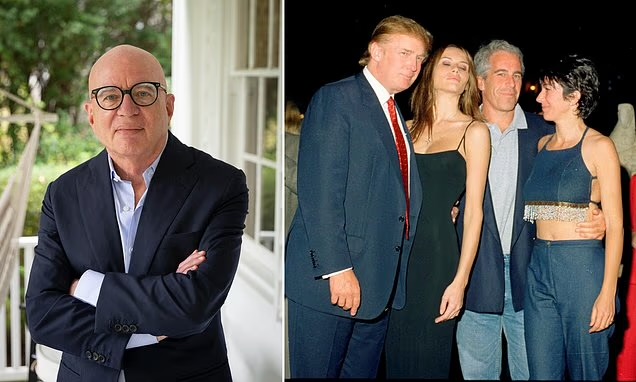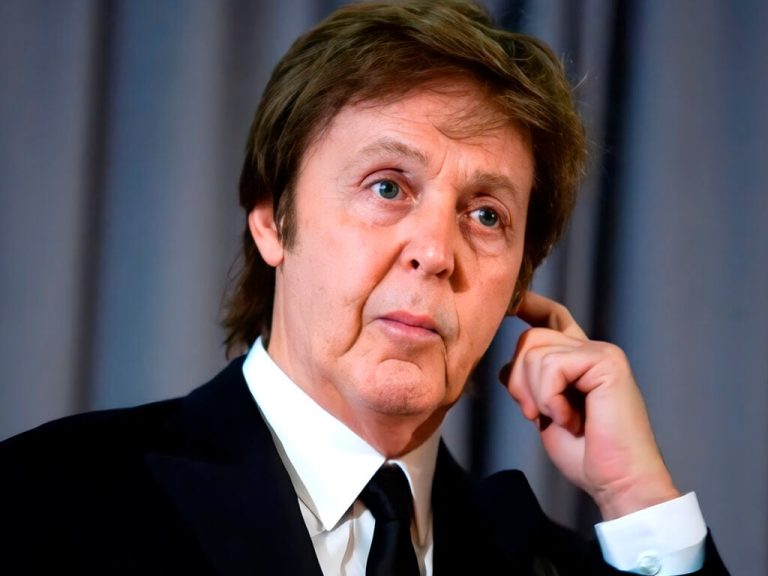
The Delhi Golf Club, one of India’s most prestigious courses, is drawing global attention as it hosts the inaugural DP World India Championship this week. Known for its lush fairways and historic surroundings, the club stands out not only for its challenging Lodhi Course but also for its deep heritage — ancient tombs from the Lodhi dynasty lie scattered across the grounds, blending history with sport in a rare and stunning way.
Despite its reputation as an elite golfing destination, the Delhi Golf Club surprises many with its relatively modest green fees. While the course maintains world-class standards and exclusivity, visiting golfers often find the rates much lower than those charged at similar high-profile international clubs. This balance of prestige and accessibility has sparked conversation about how the club manages to sustain such affordable pricing.
However, affordability doesn’t necessarily mean easy access. The club has an infamously long waiting list, with some reports suggesting that hopeful members may wait up to 50 years for approval. This extended queue has become part of the club’s legend, highlighting both its exclusivity and the high demand among India’s golfing elite. Membership is often passed through generations, making entry even more competitive.
As the DP World India Championship unfolds, attention has turned to the club’s unique blend of history, prestige, and community. The presence of ancient architecture alongside a modern tournament reflects Delhi’s dual identity — a city steeped in tradition yet firmly positioned on the global sports stage.
Ultimately, the debate over whether the green fees are “fair” depends on perspective. For some, the combination of world-class facilities, cultural heritage, and affordability makes it a bargain; for others, the near-impossible membership wait overshadows any perceived value. Either way, Delhi Golf Club remains a symbol of golfing excellence deeply rooted in India’s history.



